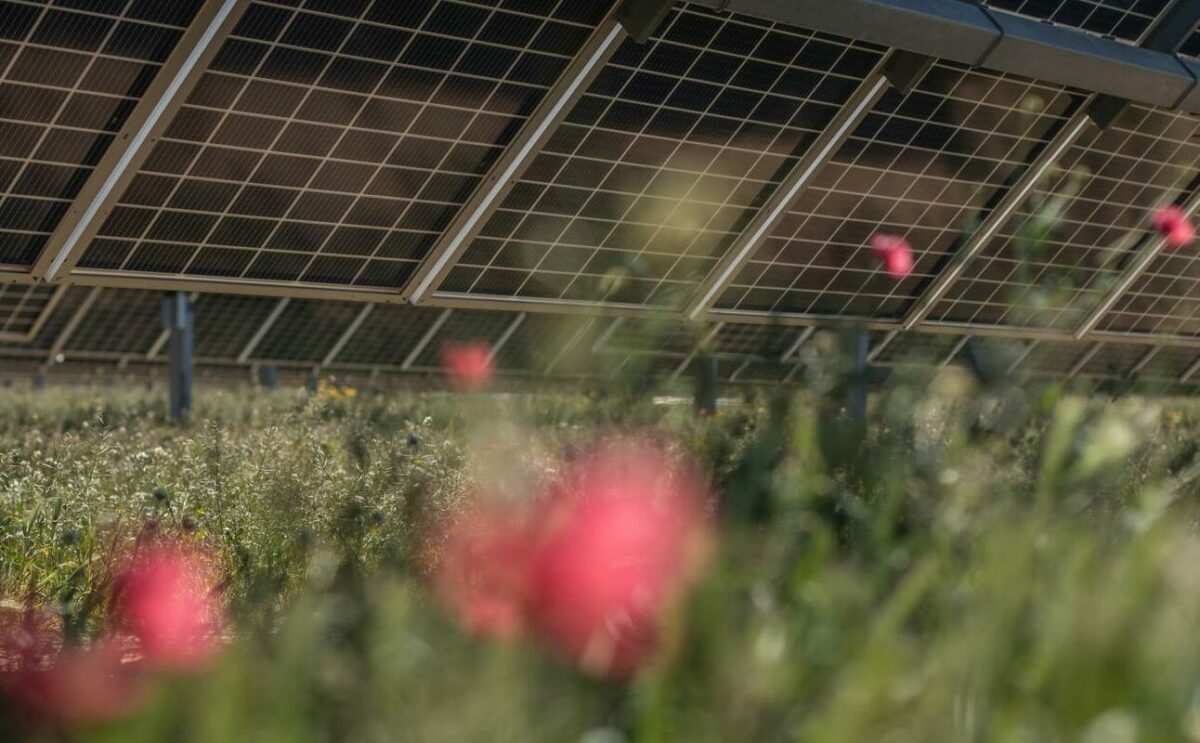Here’s what the electrical grid of the future looks like
Today’s grids are still dominated by conventional fuels and not fit for the future. A grid powered by renewables looks very different – with energy storage playing a key role in balancing supply and demand.
In the early days of electricity, power was generated and used locally. With the establishment of large, centralised power stations and long-distance power transmission, however, sprawling power networks (or grids) emerged, allowing people and businesses to use electricity generated far away.
Electrical grids today are still largely stuck in the twentieth century. We rely on the flexibility of conventional fuels – you can simply burn more or less – to meet demand as it varies through the day and night, and when events cause spikes in demand. Back in the 1990 World Cup Semi Final, tens of millions of England football fans watched their team lose after a tense penalty shoot-out, and went to commiserate over cups of tea. This caused a historic 2.8GW surge in electricity demand – equivalent to more than a million kettles being switched on at once. Since then, the UK National Grid has been watching the sports calendar closely, ready to burn more fuel to meet such surges in demand.
Of course, sporting fixtures are the least of our challenges. As climate change intensifies, legacy grids are both perpetuating the problem and struggling to deal with its consequences. During this summer’s heatwave in California, residents were urged to cut back on air conditioning as the state’s grid struggled to cope with peaks in demand. Rolling blackouts due to an ailing national grid are a regular blight in South Africa, while power outages caused by various factors have hit countries including Bangladesh and Pakistan in recent years.
The whims of the weather
It’s clear things need to change, but transformation is not straightforward. Balancing supply and demand gets harder when solar and wind farms generate more electricity than demand requires or than the grid infrastructure can physically handle (grid congestion). Operators are forced to curtail the wind and solar plants and miss out on clean energy simply because there is nowhere to store it. When renewables-based supply cannot keep up with demand, we resort to conventional fuels to fill the gap – but this cannot continue forever.
The energy transition, then, is not just about building more renewables to displace fossil fuels like coal. It is also about balancing supply and demand. This calls for a range of measures, from building infrastructure that is resilient to extreme weather to incorporating AI to make our grids responsive to changes in supply and demand. Chiefly, however, we require the addition of energy storage to grids: pumped hydro, battery storage, and other types like hydrogen and gravity storage.
With energy storage integrated into grids, renewable energy can be stored when supply exceeds demand and released when demand exceeds supply. Only with grid-scale energy storage can we free ourselves from the whims of the weather while continuing to move towards net-zero carbon grids.
Building batteries (lots of them)
The vast majority of energy storage today comes in the form of pumped hydro, which stores energy in the form of the gravitational potential energy of water in an elevated reservoir. However, the past few years have seen grid-scale batteries finally take off as a substantial source of energy storage capacity. Global battery capacity stood at 16GW (with varying duration) at the end of 2021, rising 60 per cent compared with 2020. The US and China are the leaders in this area, although battery installation is starting to pick up in other parts of the world.
According to energy research firm Rystad Energy, the UK’s battery capacity is set to surge from its current 2.1GW to 24GW by 2030 (the UK aims for overall energy storage capacity to reach 30GW by the end of the decade, making the most of its impressive offshore wind and growing solar capacity). Meanwhile, in Australia, the battery capacity under construction at the end of 2022 was almost double that of the previous year. This encouraging growth must be more than sustained – it must be accelerated to support the decarbonisation of the energy sector in line with the Paris Agreement. The IEA estimates that global installed battery storage capacity must increase by a factor of 44 this decade to reach a target of 680GW by 2030.
While there are a number of challenges that remain, including uncertain revenue models, the falling cost of grid-scale batteries is an encouraging sign.
What we’re doing
At Lightsource bp, we know that the clean energy transition should include a multi prong approach beyond increased renewable energy grid integration. That’s why we are building battery storage projects to capture excess energy from our solar farms to release when demand requires – we recently started our first battery project, which will be in the UK, and have been planning for grid-scale battery storage across our Australian solar farms. We also have huge opportunities in the US and around Europe.
We will continue building battery storage at our sites worldwide – more than enough to support another 1990-scale surge in demand as millions of football fans reach for the kettle.
Latest news
29 May, 2025
Lightsource bp publishes 2024 Sustainability Report
Lightsource bp, a global trusted partner in delivering onshore renewable energy solutions, is pleased to publish its 2024 Sustainability Report.
16 Apr, 2025
Opportunities for combining farming and solar in Ireland
The Lightsource bp team travelled to Dublin to meet with a broad range of representatives from the Irish government for a session to discuss combining solar and farming.
02 Apr, 2025
Lightsource bp contributes to the World Economic Forum’s conversation on responsible renewables deployment practices
Lightsource bp’s Penny Laurenson, Global Head of Sustainability, contributed to WEF’s conversation and thought leadership on responsible deployment practices.




